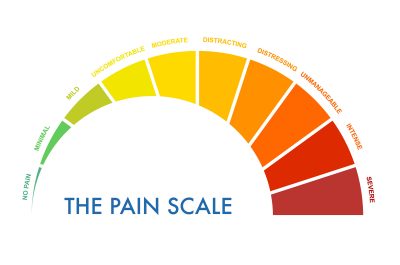Object Lesson? Reshaping the Energy Market Objectives
For the first time since the development of the National Electricity Market, changes are proposed to the legislated electricity and gas market objectives. Directly or indirectly, these guide almost every significant market and regulatory decision impacting the delivery of energy to customers.
As a significant and positive first action under the National Energy Transformation Partnership, Energy Ministers across Australia agreed to integrate an emissions reduction component into these objectives.
Network service providers are essential partners in supporting government commitments to achieve a decarbonised, modern, and reliable grid. We consider what the proposed changes look like, what they mean, and what further actions are needed to ensure a fit-for-purpose implementation.
What are the national energy objectives?
The national electricity objective and national gas objective (referred to collectively as the ‘national energy objectives’ alongside the related national energy retail objective) govern and guide market bodies such as the Australian Energy Market Commission (AEMC) and Australian Energy Regulator (AER) in their activities under energy law. For example, the AEMC, when it is making energy rules, can only make an electricity rule if doing so will, or is likely to, contribute to the national electricity objective.
The national energy objectives are focused on promoting economic efficiency for the long-term interests of consumers and have been traditionally focused on promoting components such as price, quality, safety, reliability, and security of supply.
In a significant step forward, and one that signals governments’ commitment to achieve a decarbonised, modern and reliable energy grid, emissions reduction targets will now be included in these objectives.
The Draft Bill, released in December 2022, indicates the long-term interests of consumers of energy are to be promoted with respect to:
- price, quality, safety, reliability and security of supply of natural gas under the national gas objective (electricity under the national electricity objective); and
- the achievement of emissions reduction targets.
Positively incorporating the emissions reduction component into the existing well-understood ‘economic efficiency’ framework will allow for continuity and clarity in the framework. Clear guidance on this in explanatory materials and a second reading speech should also hopefully provide ongoing clarity to stakeholders on this point.
Emissions reduction targets
The proposed drafting of the amended national energy objectives allows for the delivery of targets that the Commonwealth, state and territory governments commit to, either in legislation or unlegislated. This is an important and necessary approach to proactively reflecting targets into decision-making, and one that makes sense amid the growing list of government emissions reductions actions.
Given that policy commitments can be delivered in various formats and level of detail, there is likely value in further clarity and consistency from governments about how the concept of public commitments can be best interpreted.
Network businesses have suggested that any such guidance should outline that a public commitment, as a minimum, includes a commitment/target published under the authority of a state, territory or Commonwealth Minister. For example, this could include an official media release from a Minister outlining new public commitments relating to emissions reduction but exclude what could be simply passing commentary about policies in the media.
Market body guidance will be useful
Once the legislation is passed, there is value in the market bodies working actively to develop and update guidance material to help everyone to understand how they will apply the amended objectives. This will make sure that stakeholders are not left in a position of application being potentially unclear for any significant period after the changes come into effect.
This guidance could include:
- guidance on how the market body will apply the amended objectives into its decision making, and
- guidance on the value of emissions reduction (i.e., a price on carbon).
When determining a (commonly agreed) price on carbon, collaboration with stakeholders will be essential, and a framework for timely reviews of the value will need to be established.
The benefit of market body guidance on these issues, rather than through formal explanatory materials, will likely mean approaches can be more adaptable to changing market conditions overtime.
Consequential rule changes should be an immediate priority
Changing objectives is a positive start to ensure an energy regime fit for the future, but more is likely to be needed to carry through the intended impact on the full range of decisions and actions under Australia’s energy laws.
To make sure market bodies such as the AER can fully reflect the policy intent of the change when making energy regulatory decisions, consequential rule changes need to be made as an immediate priority. Without these rule changes, there are likely to be some important decision types where the impact of the proposed changes to the national energy objectives may be muted.
This is because there are some regulatory decisions that are governed by rules that are modelled on, and directly replicate in substance, the existing objectives, without the new proposed additions.
ENA’s submission to Senior Energy Officials explores this further, but two important examples where rule changes are needed relate to forecast expenditure and investment planning. What we don’t want to risk is the potential for emissions reduction targets being unable to be considered in these types of decisions, particularly given their long duration, and the emissions reductions opportunities that can be driven by them.
The inclusion of emissions reduction targets in the national energy objectives is a significant and positive change, and one that energy networks strongly support.
Promoting implementation of the amended objectives as soon as reasonably practicable through transitional provisions will ensure that market bodies, consumers and industry can work collaboratively together to give effect to governments’ commitment to achieve a decarbonised, modern and reliable energy grid.


